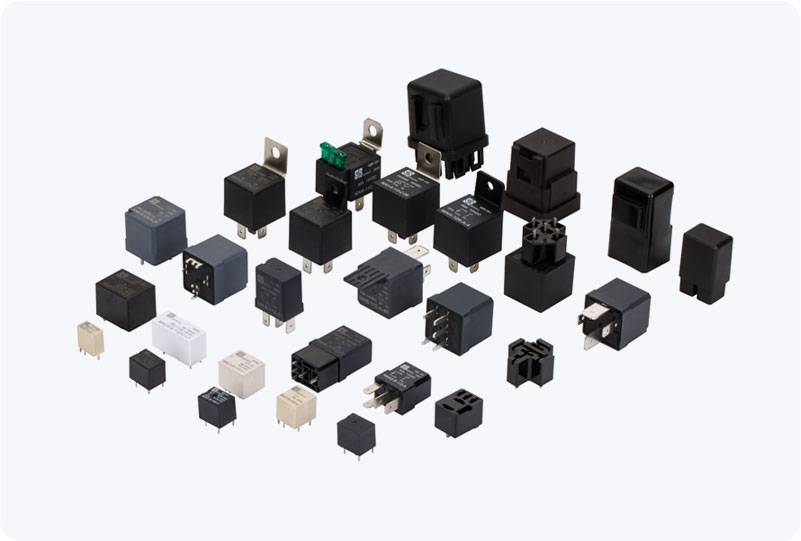The Battery Main Positive Relay is a crucial component in modern automotive electrical systems, designed to control the flow of electrical power from the car battery to various vehicle systems. It plays a significant role in ensuring the smooth operation and longevity of the car’s battery, as well as optimizing the overall electrical performance of the vehicle. In this article, we will delve into the function, importance, and applications of the Battery Main Positive Relay, as well as how it contributes to the efficiency and safety of modern vehicles.

What is a Battery Main Positive Relay? The Battery Main Positive Relay is an electronic relay that manages the primary power supply from the car’s battery to the main electrical systems of the vehicle. It acts as a switch that opens and closes the circuit between the battery’s positive terminal and the rest of the vehicle’s electrical components. This relay is typically located between the battery and the vehicle’s power distribution system, allowing for safe and efficient management of electrical power. In simpler terms, it ensures that the battery only supplies power when necessary and disconnects the battery when the electrical systems are not in use, preventing unnecessary power drain and potential battery damage. This is especially important in vehicles with advanced electrical systems, such as those with start-stop technology, infotainment systems, and modern safety features.